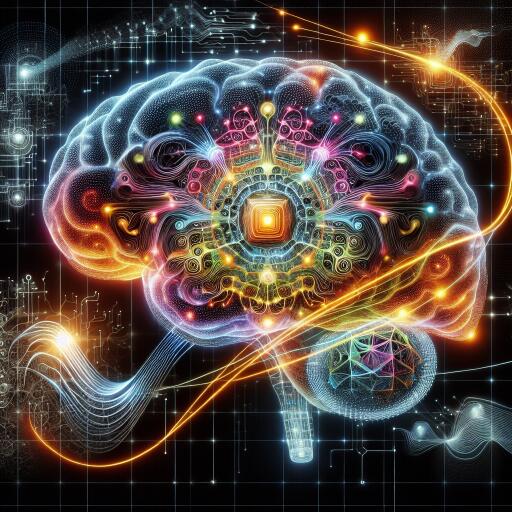Unlocking the Power of Wav-KAN: A Leap Forward in Neural Network Interpretability and Performance
As artificial intelligence (AI) continues to evolve, creating systems that can make decisions akin to human reasoning, the quest for interpretability and trustworthy AI has never been more critical. Neural networks, the cornerstone of many AI systems, remain a complex web of decision-making pathways, often labeled as “black boxes” due to their opaque nature. The move towards enhancing neural network interpretability and performance has led to innovative approaches, one of which is the integration of wavelet functions into the structure of Kolmogorov-Arnold Networks (KANs), giving rise to the Wavelet-Integrated Kolmogorov-Arnold Networks (Wav-KAN).
Developed by researchers at Boise State University, Wav-KAN represents a significant step forward in making neural networks more interpretable and efficient. This architecture innovatively incorporates wavelet functions within the KAN framework, overcoming the limitations of traditional Multilayer Perceptrons (MLPs) and previously developed Spl-KANs. The inclusion of wavelets allows Wav-KAN to efficiently capture both high-frequency and low-frequency components within data, enhancing the model’s training speed, accuracy, robustness, and computational efficiency without succumbing to overfitting.
Wavelets and B-splines, both critical in function approximation within neural networks, bring unique strengths to the table. While B-splines provide smooth approximations favoring local control, they falter with high-dimensional data. Conversely, wavelets excel in multi-resolution analysis, adeptly managing data across frequencies, thus positioning themselves as prime candidates for efficient feature extraction and enhancing neural network architectures. This unique capacity of wavelets to capture the essence of complex data patterns without overfitting renders Wav-KAN superior in performance when compared to its predecessors, offering a faster, more accurate training process and robustness against noise.
The Fundamental Theory Behind KANs
At the heart of Wav-KAN’s innovative design is the Kolmogorov-Arnold Representation Theorem. This theory posits that any multivariate function can essentially be broken down into simpler univariate functions summed together. KANs leverage this theorem by replacing traditional weights and fixed activation functions with learnable functions, allowing for a more adaptable and precise approximation of complex functions through fewer parameters. As these functions are optimized during training, the model not only becomes more accurate but also gains in interpretability by learning direct relationships within the data.
Experiments conducted using the Wav-KAN model on the benchmark MNIST dataset have underscored its potential. By employing various wavelet transformations, including the Mexican hat, Morlet, and Derivative of Gaussian (DOG), the Wav-KAN model demonstrated superior performance over Spl-KANs, particularly with wavelets like DOG and Mexican hat. These wavelets proved effective in capturing essential features within the data, maintaining robustness against noise, and showing the importance of wavelet selection in model performance.
Conclusion: A Promising Future Ahead
Wav-KAN emerges as a novel neural network architecture that not only addresses the critical need for interpretability in AI systems but also enhances performance through its unique use of wavelet functions. By effectively leveraging the Kolmogorov-Arnold representation theorem combined with wavelets’ multi-resolution analysis capabilities, Wav-KAN sets a new benchmark in neural network design. This approach results in higher accuracy, faster training speeds, and improved parameter efficiency, marking Wav-KAN as a valuable addition to the AI and machine learning toolkit.
Looking ahead, there is much anticipation around the future optimization of Wav-KAN and its broader implementation across popular machine learning frameworks like PyTorch and TensorFlow. The journey of Wav-KAN from concept to a widely applicable tool in machine learning is just beginning, promising to open new horizons in the development of interpretable, efficient, and robust neural network models for various applications.










